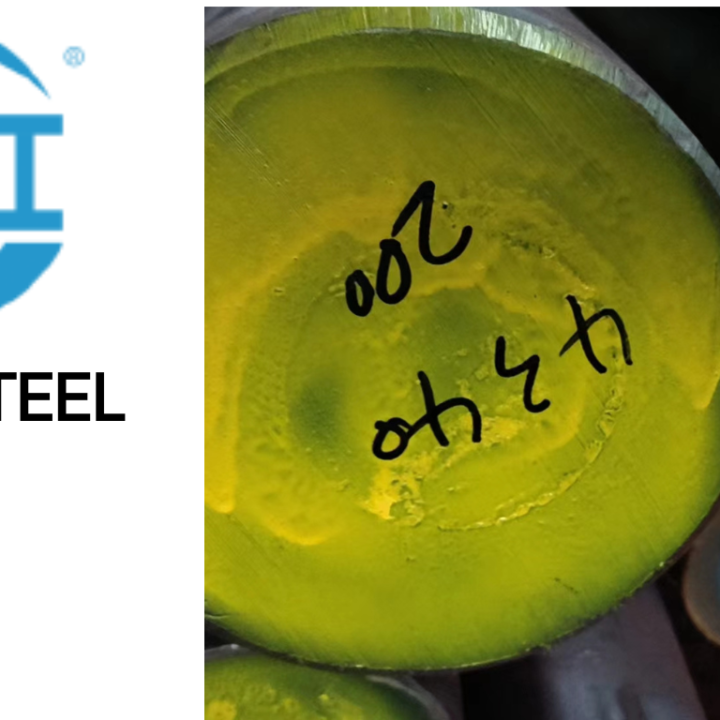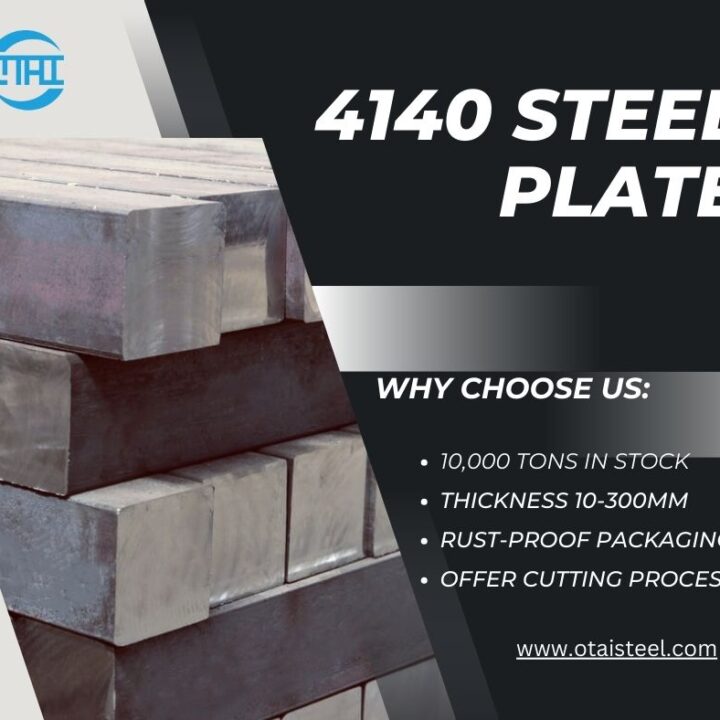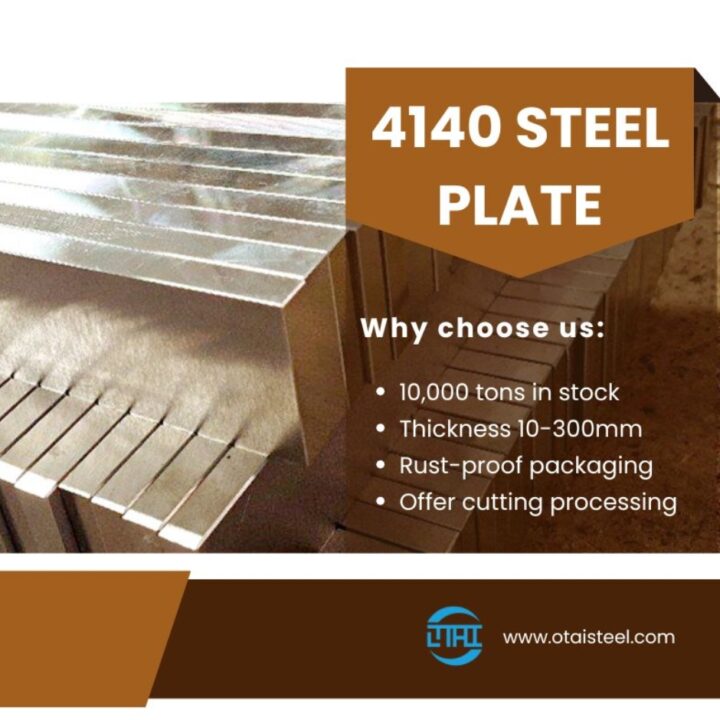 4140 Steel Plate Pricing Explained: Factors Impacting the Cost of Alloy Steel
4140 Steel Plate Pricing Explained: Factors Impacting the Cost of Alloy Steel
Introduction
4140 steel plate, with its unique alloy composition, plays a crucial role in industries prioritizing strength and durability. Given its importance in manufacturing, fluctuations in its price can significantly affect project budgets. This article explores the complexities of 4140 steel plate pricing, providing insights for strategic procurement.
1. The Essence of 4140 Steel Plate
4140 steel plate is more than just a material; it’s a reliable solution for demanding applications. Its alloy characteristics offer a blend of strength, toughness, and hardness, making it perfect for heavy machinery, automotive components, and construction equipment. Grasping its composition is essential to understanding its market value.
2. Unraveling the Price Factors
The pricing of 4140 steel plate is influenced by several interconnected factors:
- Metal Market Dynamics: Fluctuations in the global metal market directly impact raw material costs, affecting steel plate pricing.
- Geopolitical Influences: International trade policies and relations can alter supply chains, leading to changes in steel prices.
- Economic Indicators: Economic cycles—whether booms or recessions—affect the demand for 4140 steel plate, influencing its cost.
- Production Costs: Innovations in manufacturing can create efficiencies, potentially lowering the price of 4140 steel plate.
3. Price Trends and Predictions
The cost of 4140 steel plate is dynamic, shaped by market conditions. By examining historical data alongside current trends, we can forecast price movements, offering valuable guidance for budgeting and purchasing decisions.
4. Strategic Procurement in a Dynamic Market
Effective procurement of 4140 steel plate goes beyond mere purchasing; it involves smart strategies. This includes price comparisons, evaluating packaging service costs, and recognizing the long-term value of contracts.
Case Study: Mastering the Art of Procurement
Let’s explore a real-world example where a company utilized market insights to gain a competitive advantage in procuring 4140 steel plate, showcasing how information can drive cost-effective decisions.
Conclusion
The pricing of 4140 steel plate reflects a complex interplay of supply, demand, and global influences. To navigate this landscape successfully, businesses must understand these factors and remain adaptable. By staying informed and applying strategic procurement practices, they can reduce risks and optimize costs.









